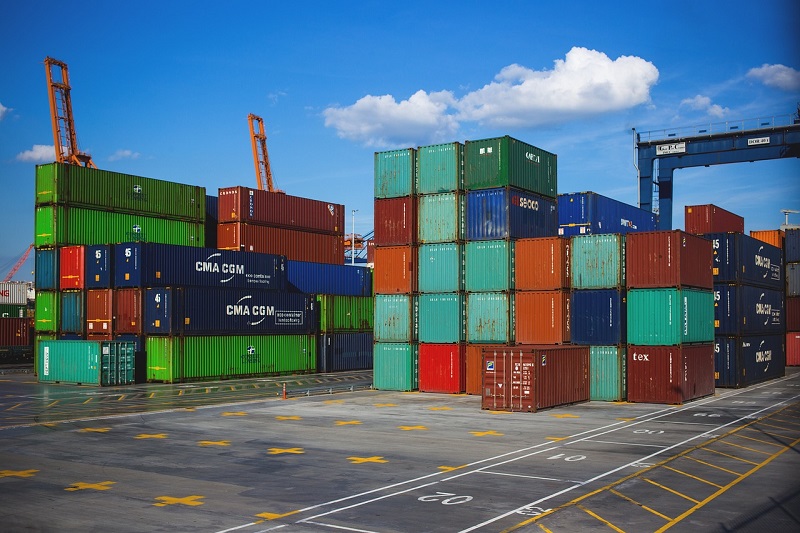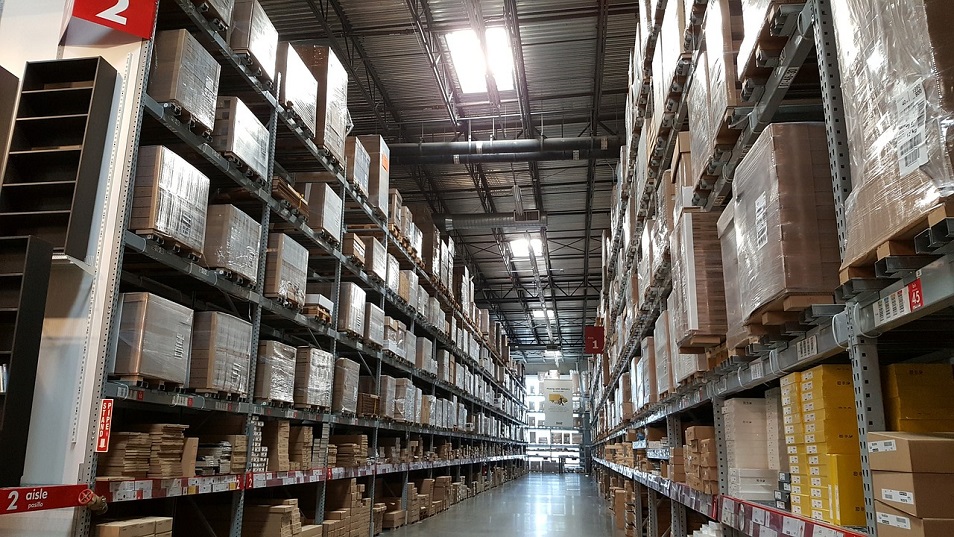Warehousing plays an essential role in the retail supply process. It is an integral part of the supply chain and logistic system. The right kind of warehouse storage ensures that the products are in good condition and are delivered to the desired location unscathed. While it is not the most wanted job, it can affect everything from efficiently managing the inventory to ensuring customer order delivery on time.
With the current evolution of warehousing, the birth of new technologies, and ever-growing online shopping, there has been a shortage of warehouse storage space and an increase in the demand for warehousing.

This article will explain what warehousing means and its many types.
What Is Warehousing?
Warehousing is nothing but the procedure of storing physical goods or inventory in a stored facility. In easier words, a warehouse is an organizer which helps store and protect products safely and securely in a way that makes it easier for one to track the location of an item, when it arrived, how long it has been there and also keep a track on the number of items.
In the case of a minor or new business, warehousing can be done at home due to the restriction in space; however, at a certain point, the business will have to rent a storage space or lease a warehouse and store their raw materials or inventory in it.
Warehouse Storage: Its Types
Today, several different warehouse storage categories make it crucial to get acquainted with them before being sold the wrong warehouse storage, which might not support one’s support and need for flexibility.
According to one’s needs, a warehouse can be categorized into six common types, which include:
Static Shelving- It is a storage mechanism designed to stay in one place. They are meant to store lightweight inventory, mainly the ones needing continuous replenishment. This type of storage is not compatible with forklifts; thus, all the work like picking, placing and/or organizing is usually done manually.
In case of a large inventory, one must invest in wide-span shelving systems that can hold more weight.
Mobile Shelving:
Mobile shelving is a storage mechanism similar to static shelving, except here, it is an adjustable process that will hold up one’s manually picked items. The difference here is that it is designed to hold many items in less space. Here the shelves are mounted on the rail system and carriages, increasing productivity by eliminating fixed aisles and making the inventory even more accessible when in tight space.
Mezzanine Flooring:
Mezzanine flooring is a very effective and space-saving warehouse storage option. It is fundamentally an intermediate floor, generally a second or third floor constructed on top of the main warehouse storage. While this type of storage is pretty expensive, it is one of the best storage options with a high potential for customized features like adding conveyors, a better lift system and better lighting facilities.
Wire Partitions:
This warehouse storage system is generally used when something special of great importance needs to be stored. Wire partitions lie at the other end of the spectrum, with mezzanine flooring being one of the most high-tech storage options. They are wired cages meant to be installed and taken down with ease and tranquility.
Opposite to Mezzanine flooring, wire partition is a cost-effective and budget-friendly type of warehouse storage system. This type of warehouse storage system can be of various uses like high security of a commodity, cost management, the safety of the employees and various other aspects.
Multi-tier Racking:
This warehouse storage system is fundamentally designed to capitalize on vertical space. As no warehouse has a one-size-fits-all characteristic, this warehouse storage system is flexible, allowing one to remove or add tiers based on convenience.
One must plan to arrange the inventory very minutely and strategically to get the most out of this storage system.
Pallet Racking:
This warehouse storage system is essentially the centerpiece of large and busy warehouse operations. This system is made with plastic, metal or wood and is used to store inventory received in large, heavy boxes. Depending on their size and weight, the boxes are kept and arranged using forklifts and another automated mechanism.
Some of the important factors to look at when investing in warehouse storage are:
- Check the type of storage available at the warehouse. It should focus on creating more storage space while allowing easier access.
- A climate control system within the warehouse is important. It ensures that the change in the environment does not impact the perishable products.
- Machines available in the warehouse that can help in easier transportation of products from and within the warehouse, like forklifts, pallet jacks conveyor belts and others
- An inventory management software can help manage and track the products’ status.
- A 24*7surveillancee system for easy monitoring of the products.

Conclusion
Warehousing plays an important role in ensuring sthe afe storof age products. With the new age tracking system, keeping a track record of the products stored in the warehouse has become easier.





